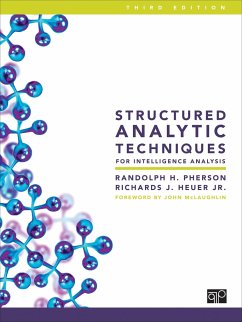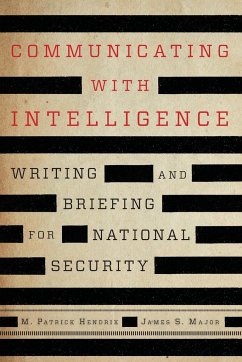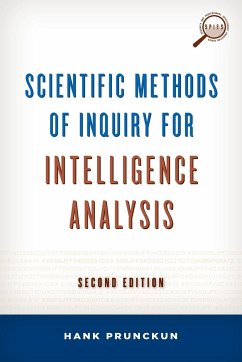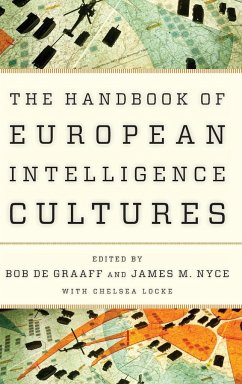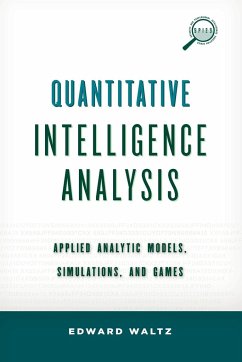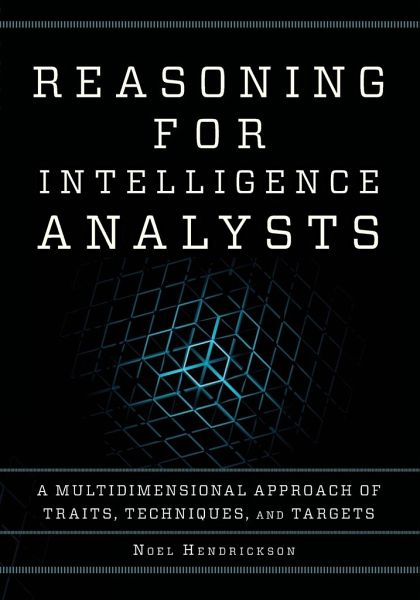
Reasoning for Intelligence Analysts
A Multidimensional Approach of Traits, Techniques, and Targets
Versandkostenfrei!
Versandfertig in 1-2 Wochen
67,99 €
inkl. MwSt.
Weitere Ausgaben:

PAYBACK Punkte
34 °P sammeln!
Structured around independent modules, the text offers a systematic method of reasoning along with an extensive toolkit that will serve the needs of both students and intelligence professionals.





